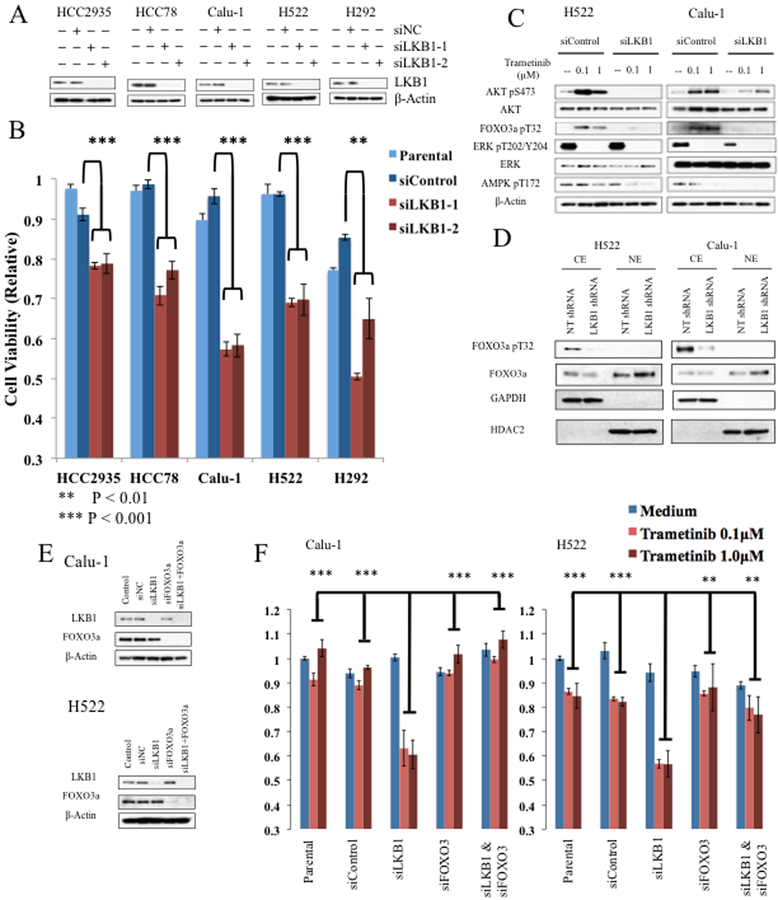Figure 5. LKB1 knockdown induces MEK sensitivity mediated by FOXO3 activation.
A, LKB1 wild-type cell lines, HCC2935, HCC78, Calu-1, H522, and H292 were transfected with control siRNA (siNC) or two siRNA constructs targeting LKB1. Lysates from parental cells and each of the three siRNA transfections were collected 48 hours after transfection, and immunoblots performed with the indicated antibodies. B, Alamar Blue colormetric assay was measured after 48 hours of treatment with trametinib at indicated concentrations and shown relative to vehicle treated parental cell lines for the same cell line derivatives. Error bars represent standard deviation. P-values from Student’s t-test. C, H522 or Calu-1 cell lines were transfected with LKB1 targeted siRNA or control. Western blots are shown for indicated antibodies after treatment with trametinib at indicated concentrations for 48 hours. D, Nuclear and cytoplasmic fractions were purified from siRNA derivatives of Calu-1 and H522 cell lines using NE-PER, and immunoblots were performed on resulting lysates using the indicated antibodies. GAPDH and HDAC2 were used as cytoplasmic and nuclear markers. E, H522 or Calu-1 cell lines were transfected as indicated with control siRNA or siRNA targeting LKB1 or FOXO3a. Cell lysates were subjected to western blot with the indicated antibodies. F, Alamar Blue colormetric assay was measured for indicated cell lines after 48 hours of treatment with trametinib at indicated concentrations. Mean values relative to vehicle treated parental cell lines are depicted; error bars represent standard deviation. P-value from Student’s t-test comparing trametinib treated LKB1 knockdown cells to trametinib treated parental, siNC, siFOXO3, or combined siFOXO3/siLKB1 cells, as indicated.

